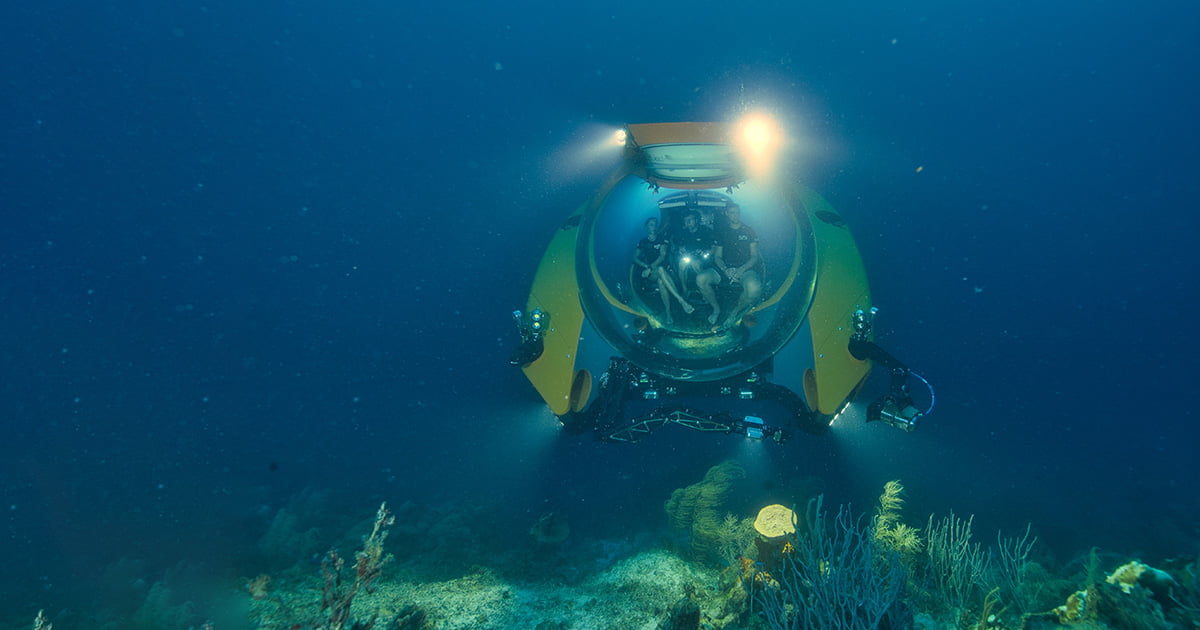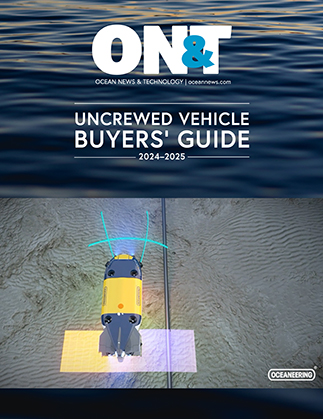The human urge to venture below the waterline is an ancient and enduring pursuit. Legend has it that Alexander the Great, in or around the year 333 B.C., attempted to explore the Aegean Sea from inside a glass barrel, after which he relayed his observations of whales and other creatures of the deep. As we now know, the average depth of the ocean is over 3,600 meters (2.2 miles), the bottom of the Mariana Trench reaching an inhospitable 11,034 meters (6.9 miles), so there’s plenty to fathom. The challenge, as no doubt Alexander the Great would attest, is establishing the means do it safely and efficiently.
To read the full article, which was featured in ON&T August 2022, click here.

